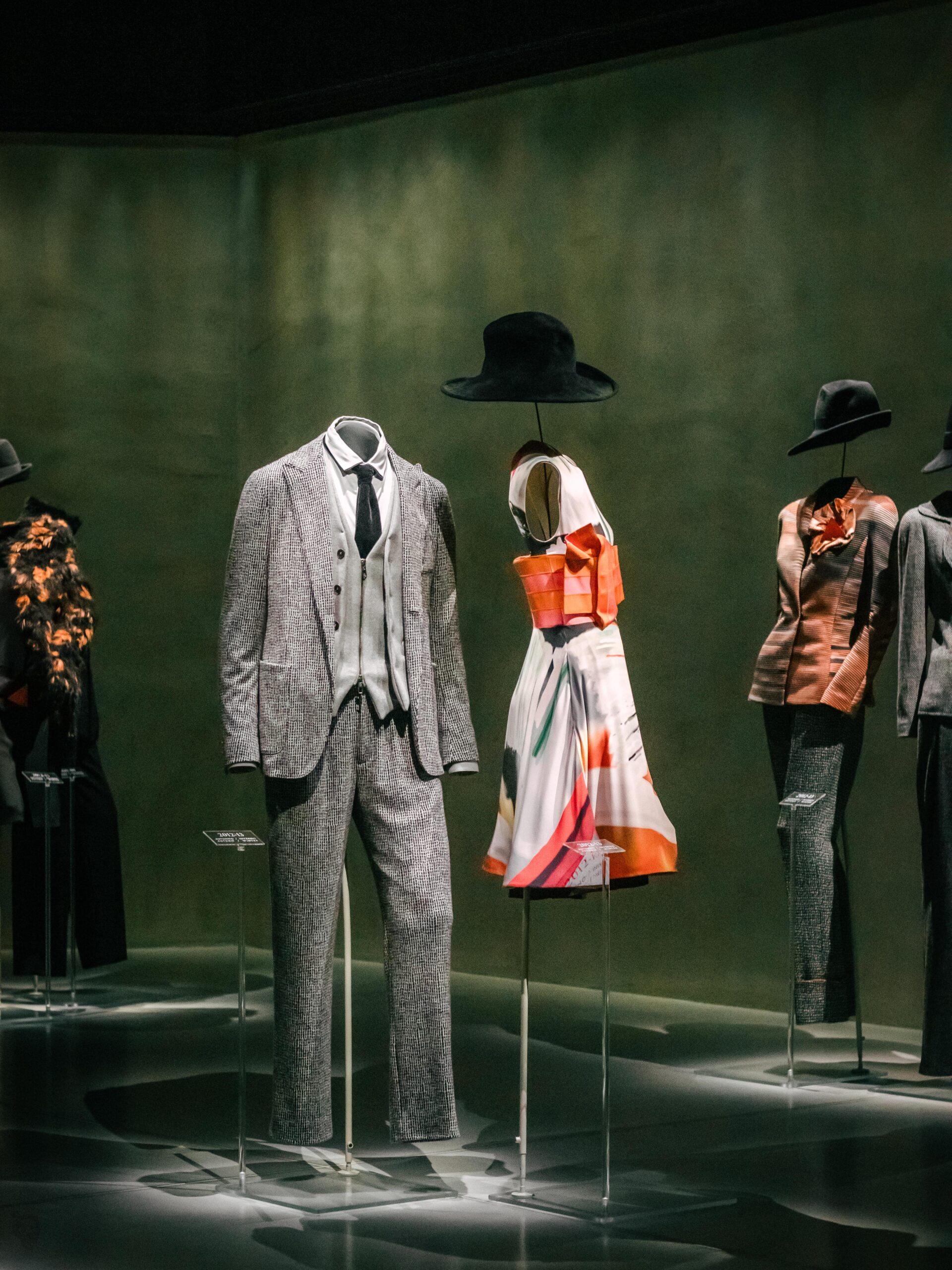The initial sketch—the raw, spontaneous visual that captures a concept and links it to a potential collection—is arguably the single most crucial artifact in the early stages of the design process. Far from being mere preparatory drawings, these sketches serve as the visual blueprint and the primary communication tool for sharing knowledge, intent, and vision across a design team.

















Design Model
In the absence of a universally agreed-upon formal design model, the sketch offers a powerful, intuitive medium that transcends disciplinary jargon. When a designer shares their concept sketch, they are sharing knowledge that encompasses several layers:The sketch immediately grounds abstract ideas in a tangible form. It translates the initial inspiration—be it a mood, a material, a historical reference, or a functional problem—into a piece of visual shorthand.
Defining the Aesthetic: It sets the visual tone—the silhouettes, proportions, textures, and key details—that will govern the entire collection, ensuring consistency from the outset.
Sharing the “Why”: The sketch communicates the fundamental design intent and the emotional or functional narrative behind the collection. It gives collaborators (from pattern-makers to engineers) a direct line to the designer’s original vision.
A “collection sketch” often includes several related concepts shown together, immediately establishing the scope and relationship between the individual pieces.
Sequencing and Flow: For collaborative processes like fashion or industrial design, the sketch helps map out the complexity and required resources for the complete line, aiding in preliminary planning and budgeting.
Visualizing Variation: By grouping sketches, the designer illustrates how the core concept can be iterated or varied across different items (e.g., a recurring structural motif applied to a top, a jacket, and trousers).
Crucially, the early sketch is valued precisely because of its provisional nature. It invites critique and collaborative input, rather than presenting a finished, unchangeable solution. When shared, the sketch initiates dialogue:
“The sleeve you drew here implies a specific material drape. Is that what you intended?”
“This structure seems highly complex to manufacture; let’s sketch an alternative way to achieve that form.”
By sharing the concept-to-collection sketch, the designer effectively transforms a private idea into a shared, collaborative objective, providing the foundational visual language that guides the entire team through the design journey.







Hey very cool site!! Man .. Excellent .. Amazing .. I’ll bookmark your web site and take the feeds also?I am happy to find so many useful information here in the post, we need work out more techniques in this regard, thanks for sharing. . . . . .
I have read your article carefully and I agree with you very much. This has provided a great help for my thesis writing, and I will seriously improve it. However, I don’t know much about a certain place. Can you help me?
Read reviews and was a little hesitant since I had already inputted my order. nor but thank god, I had no issues. simillar to the received item in a timely matter, they are in new condition. manner in which so happy I made the purchase. Will be definitely be purchasing again.
authentic louis vuitton outlet https://www.louisvuittonsoutletonline.com/